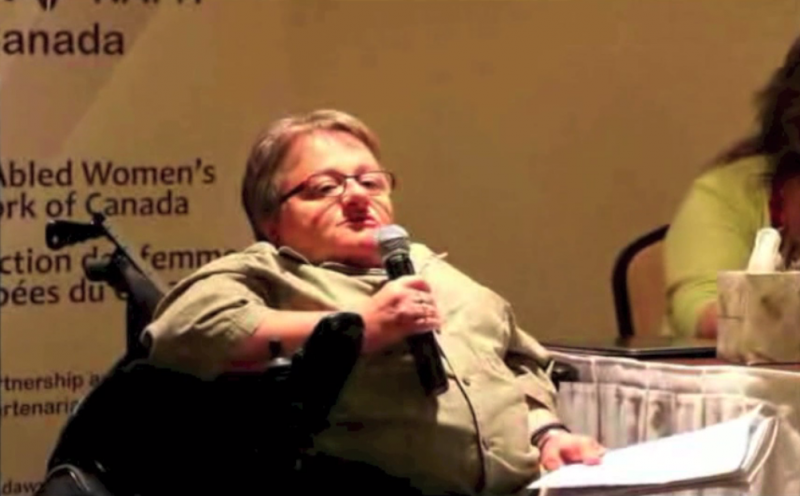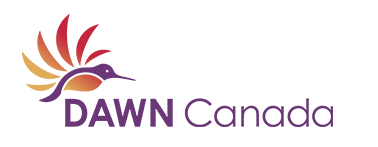October Blog Series

Fran Odette, Senior Research and Development Consultant, DAWN-RAFH Canada
My first mammogram experience was relatively flawless. But its hard to say whether it was because practitioners are more aware of the work being done around accessible screenings for women with disabilities; increased focus on client-centered care; or just luck of the draw.
In reality though, I know that too many women with disabilities are confronted with numerous challenges in getting their basic health care needs met, let alone trying to get a mammogram. For many of us, getting a mammogram is something that we put off until it becomes absolutely necessary. The experience can leave you feeling humiliated and powerless. Others end up not getting diagnosis and treatment in a timely manner because of the lack of accessible mammography services and cancer screening.
We know that both here in Canada and in the US, though for different reasons, women with mobility disabilities are less likely to access cancer screening, even when they have a primary care provider.
Overlapping, mutually reinforcing issues or barriers interact to shape how women with disabilities access and experience cancer screening. However, we, as women living in these bodies, can offer short-term and longer-term approaches to addressing some of the barriers.
Currently, DAWN-RAFH Canada is using a grant from the Public Health Agency of Canada to work with local organizers across the country to conduct local cancer site audits. The audits provide opportunities for local cancer screening sites to examine their facilities and procedures for their inclusivity for people with disabilities and Deaf people.
Here are some examples of changes that could make a difference:
- Multidisciplinary practice: Access to cancer screening services for women with mobility disabilities can be facilitated by primary care facilities with multidisciplinary team-based practice, especially when accessible equipment and screening technology is complemented by on-site attendant care.
- Targeted outreach: Widely publicize that these facilities exist by tapping into communication networks established by peer support and community organizations for people with disabilities.
- Pre-screening needs assessment: Designated providers could address disability related needs prior to screening procedures and offer health promotion sessions for women with disabilities. This can provide additional entry points of access especially for women who may not live close to or prefer not to use designated primary care facilities.
- Practitioner Training: Training for health providers could also aim to create safe spaces for women with mobility disabilities, recognizing that these women may also claim diverse ethno-racial, socioeconomic and sexual identities.
- Broaden the knowledge base: Women with disabilities value health care providers who share the work of developing expertise in their health needs.
- Value womens experience: Seeing a partnership between women with disabilities and their health care provider where each benefits from exchanging knowledge which includes setting health priorities and offering new information when it is required.
- Be disability positive: Cancer education messaging should include disability positive images and information that supports self-advocacy. Women could show these materials to their primary care providers when initiating discussion of cancer screening. Furthermore, professional education is essential.
New learning is occurring as a result of these local site audits. We are using the principle and practice of inclusion to build partnerships with cancer screening sites and local groups working on issues of importance to this initiative and broader issues of inclusion and disability. In this way, women with disabilities are not only patients; we are the key educators and change makers in this process.
